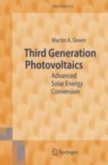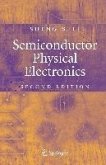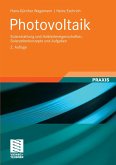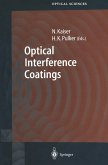Achieving efficient solar energy conversion at both large scale and low cost is among the most important technological challenges for the near future. The present volume describes and explains the fundamentals of organic/plastic solar cells in a manner accessible to both researchers and students. It provides a comprehensive analysis of the operational principles underlying several types of solar cells that have absorber layers based on polymer materials and small molecules. It addresses competing approaches, such as polymer solar cells and dye-sensitized cells, while considering the thermodynamic principles within the context of these schemes. Organic Photovoltaics also analyzes in detail the charge-transfer processes in the bulk-heterojunction devices corresponding to the relevant mechanism of carrier generation. Emphasized throughout is the concept of interpenetrating polymer-fullerene networks, due to their high potential for improving power efficiency.
Dieser Download kann aus rechtlichen Gründen nur mit Rechnungsadresse in A, B, BG, CY, CZ, D, DK, EW, E, FIN, F, GR, HR, H, IRL, I, LT, L, LR, M, NL, PL, P, R, S, SLO, SK ausgeliefert werden.









